The Internet of Things (IoT) has permeated just about every area of our lives, including the industries we rely on for day-to-day conveniences, like
retail shopping,
digital signage,
public transportation and even the street lights that light our way at night. And those basic conveniences are just what we see on the surface.
Behind the scenes, the IoT is a global system of interconnected devices, machines and objects with the ability to collect, share and send data over a network without the need for human intervention. And it’s one of the major driving forces behind the Fourth Industrial Revolution — also known as
Industry 4.0.
According to recent estimates, there are approximately
13.8 billion IoT devices in the world today, outnumbering humans by about six billion, give or take.
We live among them. We program them and deploy them. In business enterprises, smart cities, transit systems and industrial IoT applications, they are hard at work all around us. In fact, we are using and benefiting from IoT connectivity and applications in our daily lives, whether we are aware of it or not.
So we thought we would share a few key facts about what makes them tick — 13 of them. Yes, we promised 12, but how about a baker's dozen?
12 Fun Facts about IoT You May Not Know
1. IoT Is a Vital Component of Industry 4.0
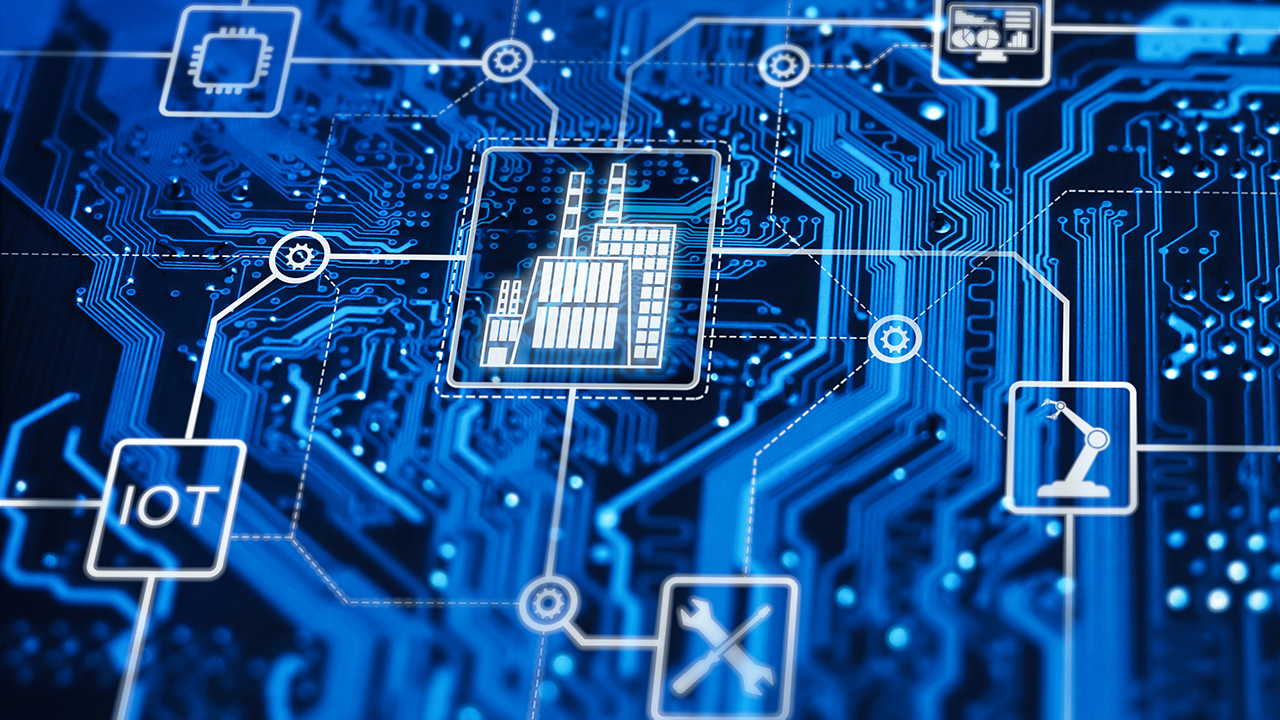 Today, we are experiencing a new era of industrialization, what will be referred to in the history books as Industry 4.0, the Fourth Industrial Revolution, or 4IR. Previous incarnations brought us steam engines, electricity, assembly lines and, more recently, computerization, but we’ve come a long way from all of that in a relatively short time.
Today, we are experiencing a new era of industrialization, what will be referred to in the history books as Industry 4.0, the Fourth Industrial Revolution, or 4IR. Previous incarnations brought us steam engines, electricity, assembly lines and, more recently, computerization, but we’ve come a long way from all of that in a relatively short time.
The IoT component of Industry 4.0 involves manufacturing and industrial automation using smart sensors and machines that can self-monitor, diagnose, act autonomously and communicate with each other, independent of human intervention.
Like previous industrial revolutions, Industry 4.0 has advanced the world’s economy and transformed the way we live and work. It has also challenged us to think differently about our economic, social, cultural and individual needs and values.
Download our Industry 4.0 Ebook
The Fourth Industrial Revolution, otherwise known as Industry 4.0, is characterized by the convergence of smart machines, autonomous robots, cloud computing and big data.
Download PDF
2. The First-Ever Connected Device Was the ATM
 Automated teller machines (ATMs) started to pop up in the 1970s, representing the first generation of connected devices. The first actual ATM was installed in the UK in 1967 for Barclay’s Bank. However, it wasn’t until 1974 that this convenience started to appear elsewhere. The inventor, John Shepherd-Baron, said he got the idea from seeing a candy vending machine. Since plastic ATM cards hadn’t been invented yet, the original versions accepted checks and only dispensed £10 at a time.
Automated teller machines (ATMs) started to pop up in the 1970s, representing the first generation of connected devices. The first actual ATM was installed in the UK in 1967 for Barclay’s Bank. However, it wasn’t until 1974 that this convenience started to appear elsewhere. The inventor, John Shepherd-Baron, said he got the idea from seeing a candy vending machine. Since plastic ATM cards hadn’t been invented yet, the original versions accepted checks and only dispensed £10 at a time.
Since innovation is an integral part of IoT, it's valuable to think about where ideas come from, as the most exciting changes often stem from either a simple intriguing idea or the motivation to solve a problem.
3. The Concept of IoT Goes Back to the Mid-1800s
 An executive at Proctor & Gamble coined the term “Internet of Things” in 1999 to describe the function of RFID in the supply chain. But the concept itself, as well as many iconic inventions, goes back much further.
An executive at Proctor & Gamble coined the term “Internet of Things” in 1999 to describe the function of RFID in the supply chain. But the concept itself, as well as many iconic inventions, goes back much further.
Early telegraph machines and Morse code transmitters were, arguably, the earliest form of IoT, with the first being developed in 1838 by Samuel Morse. In 1926, Nicola Tesla imagined a wirelessly connected world where the “earth would be converted into a huge brain” and the devices used to carry this out would be simpler than a telephone and small enough to carry in your pocket.
Many other visionaries were yet to offer their insights, notably Marshall McLuhan in 1964, who envisioned connected cities as information systems, and Karl Steinbuch, a German computer scientist who, in 1966, predicted that computers would soon be woven into almost every industrial machine and product. Steinbuch was also the developer of Lernmatrix, an early version of artificial neural networks, which of course now play an integral role in artificial intelligence (AI) and machine learning in IoT applications and edge computing.
4. IoT is One Of The Fastest Growing Sectors in Tech
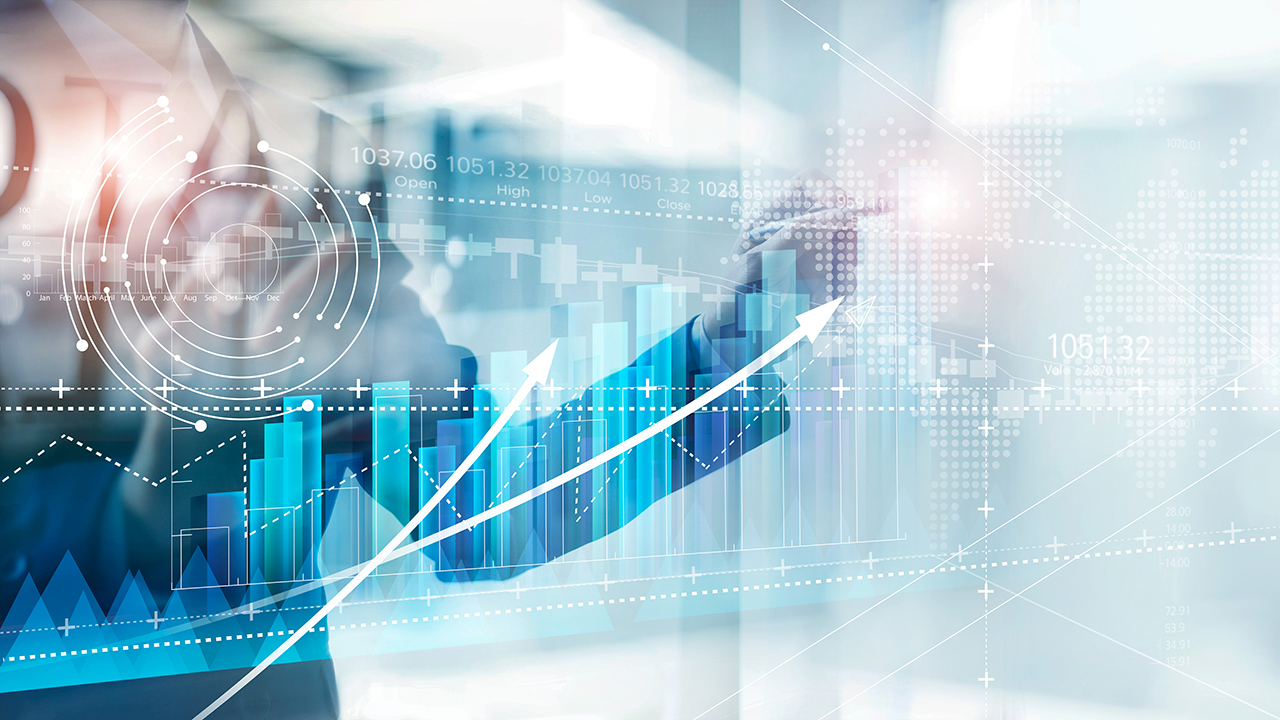 By some estimates, the number of connected devices in the world will surpass 25.4 billion by the year 2030. This projected market growth is driven by the needs of supply chain and logistics, retail, inventory management and manufacturing.
By some estimates, the number of connected devices in the world will surpass 25.4 billion by the year 2030. This projected market growth is driven by the needs of supply chain and logistics, retail, inventory management and manufacturing.
To give you a snapshot of what’s driving the trend, consider that the market for IoT in manufacturing is expected to grow to 53.8 billion in 2025. That number is projected to more than double to 487.3 billion by 2024. With improvements in mobile communications and new capabilities in GPS and RFID, supply chain transformation is advancing rapidly, increasing the adoption of IoT throughout the manufacturing sector.
These numbers are hard to fathom. Even more daunting is how organizations can keep track of all of those devices, make sure they are online, secure, and performing as expected. Cloud-based platforms like Digi Remote Manager® provide the "keys to the kingdom" for those deploying large numbers of IoT devices. Even relatively small deployments, if they are distributed across a wide area such as farming acreage, a solar field or industrial operation, need to have an interface for critical insights, notifications of security issues and remote access for remediation.
5. IoT Is Responsible For Double-Digit Gains in Operational Efficiency
 Just about every industry that uses IoT reports substantial gains in efficiency and productivity. For example, according to research conducted by the American Society for Quality, manufacturers report 82% greater efficiency, 49% fewer product defects and a 45% increase in customer approval. IoT also helps companies monitor energy and resource usage, leading to optimizations that drive value directly to the bottom line.
Just about every industry that uses IoT reports substantial gains in efficiency and productivity. For example, according to research conducted by the American Society for Quality, manufacturers report 82% greater efficiency, 49% fewer product defects and a 45% increase in customer approval. IoT also helps companies monitor energy and resource usage, leading to optimizations that drive value directly to the bottom line.
For more reading on this topic, see The ROI of IoT and The ROI of Remote IoT Device Management.
6. There Is So Much IoT Data That It Is Measured in Zettabytes
 According to ResearchAndMarkets.com, estimated IP traffic is on track to reach 20.6 zettabytes by the end of this year, which is an increase of 7.6 zettabytes since 2016. Just for reference, there are 21 zeros in a zettabyte. The recent surge is undoubtedly connected to increasing digital transformation and the demand for connected solutions fueled by the pandemic.
According to ResearchAndMarkets.com, estimated IP traffic is on track to reach 20.6 zettabytes by the end of this year, which is an increase of 7.6 zettabytes since 2016. Just for reference, there are 21 zeros in a zettabyte. The recent surge is undoubtedly connected to increasing digital transformation and the demand for connected solutions fueled by the pandemic.
Companies deploying IoT today also have ways to manage data at the network edge. Edge computing enables smart devices, distributed throughout the network, to perform computing tasks and separate "heartbeat" data from critical data requiring action.
There are also a number of companies solving the challenges of "big data," like Vitria.com, which develops businessware to analyze and provide visibility into large volumes of data. These vendors provide business intelligence that enable responsive customer service and predictive maintenance for mission critical applications.
7. Not All IoT Devices Are Tiny
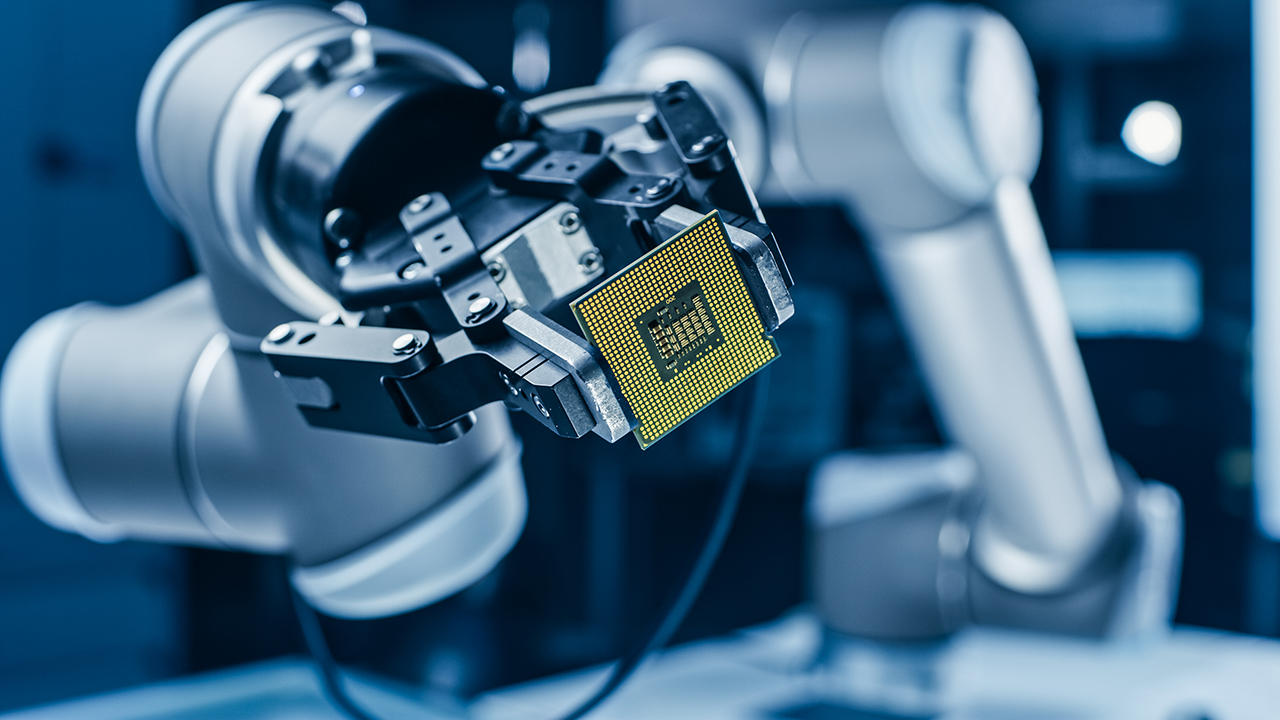 How big is an IoT device? When we think of smart radio devices, embedded modules and sensors in wearables, we often imagine something the size of a postage stamp or a deck of cards — certainly smaller than a bread box. The truth is that an IoT device can be as small as an insect or as massive as an industrial robot. The device’s size depends on the use case.
How big is an IoT device? When we think of smart radio devices, embedded modules and sensors in wearables, we often imagine something the size of a postage stamp or a deck of cards — certainly smaller than a bread box. The truth is that an IoT device can be as small as an insect or as massive as an industrial robot. The device’s size depends on the use case.
For more information on this topic, see our related blog posts: What Do IoT Devices Do? and How Do IoT Devices Communicate?
8. Security Is an Ongoing Concern in IoT
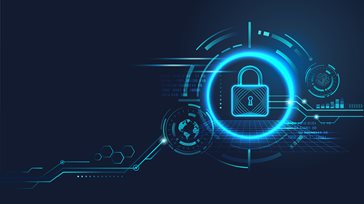 Why would a cybercriminal bother breaking into a fish tank? It seems strange, but it really happened.
Why would a cybercriminal bother breaking into a fish tank? It seems strange, but it really happened.
An IoT sensor inside a fish tank in the lobby of a casino was used to gain access to the casino’s network and personal information about the casino’s employees and customers. (Apparently, what happens in Vegas doesn’t always stay in Vegas!) For this reason, it’s essential to consider security at all phases of IoT planning and deployment, and to work with an IoT vendor that believes in security by design. For example, Digi builds in security from the ground up with the Digi TrustFence® IoT security framework and provides additional security monitoring with Digi Remote Manager.
9. IoT Is Transforming Healthcare
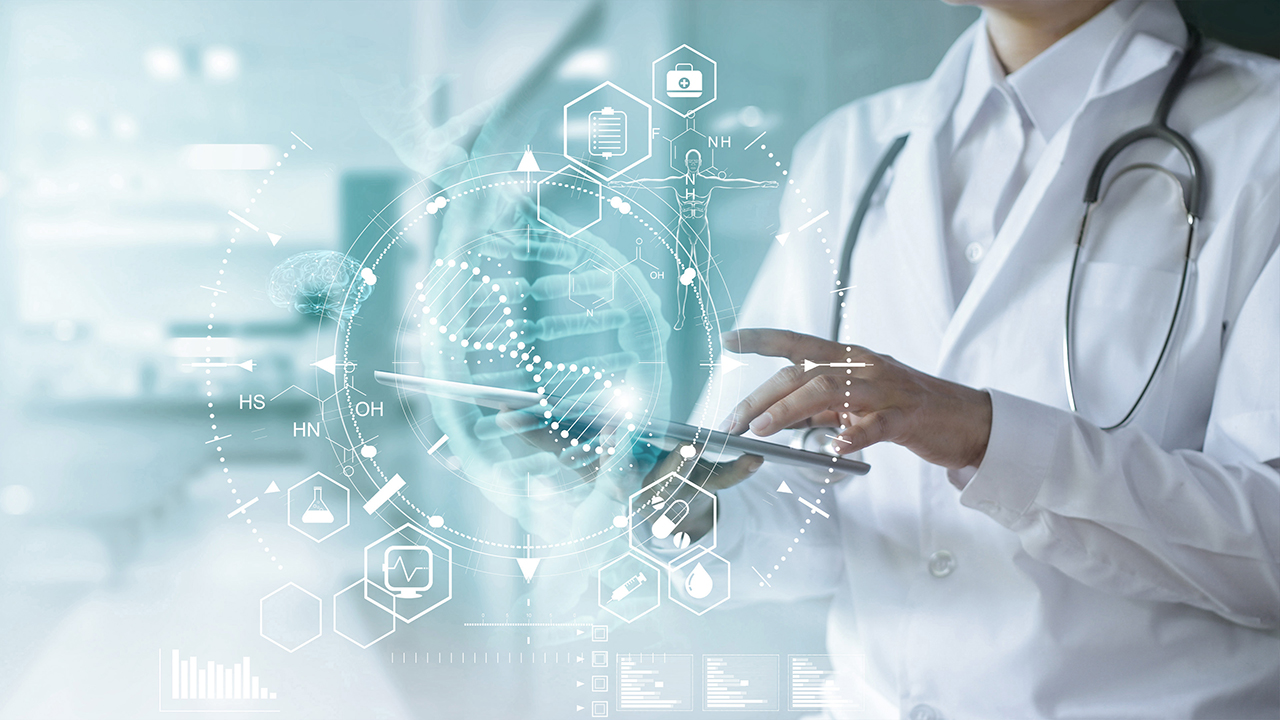 Healthcare is one of the fastest growing sectors for IoT. From asset tracking and inventory control to monitoring patients’ vital signs, connected devices and systems are supporting remote healthcare, better health and wellness decisions and more. Home medical devices can connect patients and doctors, and help people with chronic illness cope better, live more independently and remain in their homes longer, while wearables for health monitoring and injury prevention can support a range of use cases including contact tracing.
Healthcare is one of the fastest growing sectors for IoT. From asset tracking and inventory control to monitoring patients’ vital signs, connected devices and systems are supporting remote healthcare, better health and wellness decisions and more. Home medical devices can connect patients and doctors, and help people with chronic illness cope better, live more independently and remain in their homes longer, while wearables for health monitoring and injury prevention can support a range of use cases including contact tracing.
Some of the IoT solutions in the medical arena include geofencing and location monitoring, blood glucose and heart rate monitoring, pacemakers, fall detection and more. The IoT will increasingly support telemedicine and other advanced connected health systems with the rollout of 5G.
10. IoT Makes Cities Smarter
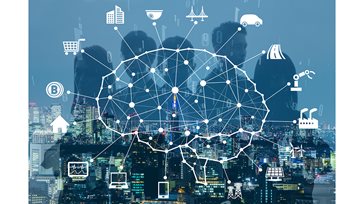 IoT in Smart City management. Smart meters help utility companies manage the flow of energy, while connected vehicles and traffic lights help monitor and control traffic flow. Smart sensors support more efficient waste management and better air quality.
IoT in Smart City management. Smart meters help utility companies manage the flow of energy, while connected vehicles and traffic lights help monitor and control traffic flow. Smart sensors support more efficient waste management and better air quality.
Paris, London, New York, Copenhagen and San Francisco are just a few of the major cities that leverage IoT technology. In many cities worldwide, smart city applications are under development to manage traffic control, improve public safety, build out smart metering applications to improve efficiency and support better cost structures, deploy smart city lighting to reduce carbon footprint, develop and deploy electric vehicle charging stations, improve water and wastewater management with better control and better insights, and much more.
11. IoT Professionals and Data Analysts Are in High Demand
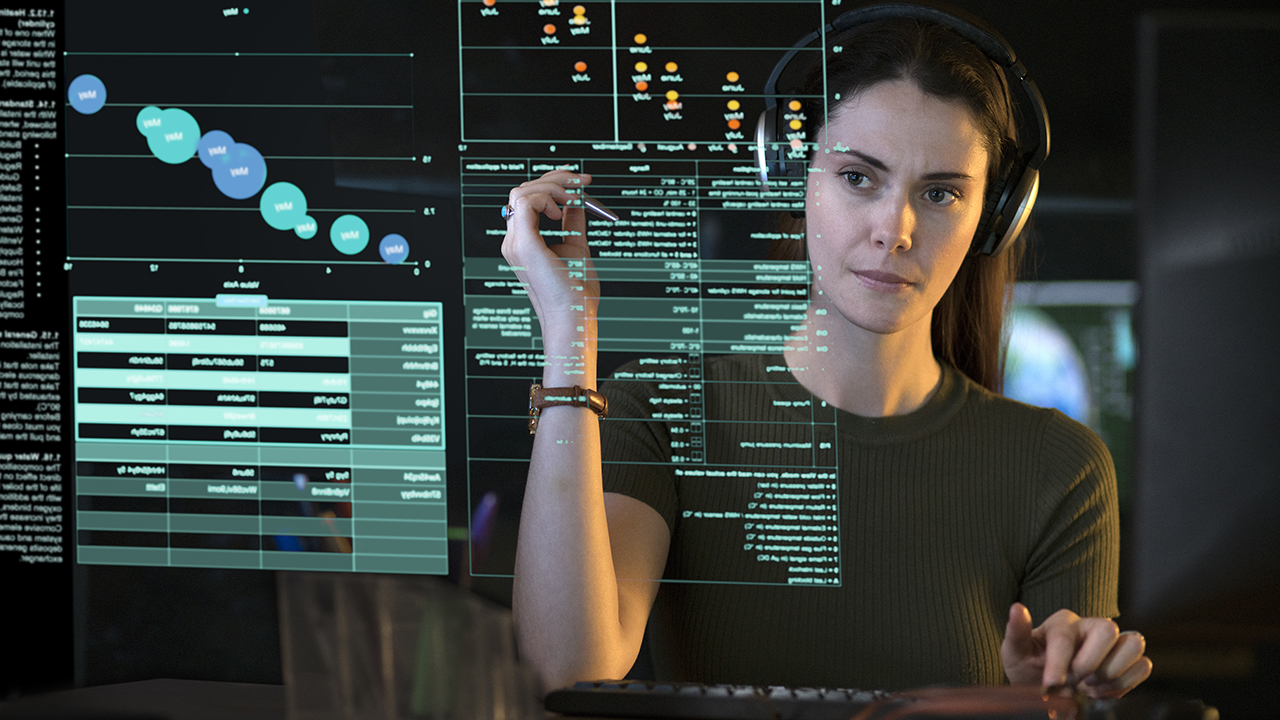 As the IoT sector continues to see exponential growth, so too is there a demand for trained workers and skilled professionals to support digital transformation. These roles include hardware and software developers, field application engineers, systems integrators, installers, product managers, sales and marketing professionals, engineering managers and data scientists.
As the IoT sector continues to see exponential growth, so too is there a demand for trained workers and skilled professionals to support digital transformation. These roles include hardware and software developers, field application engineers, systems integrators, installers, product managers, sales and marketing professionals, engineering managers and data scientists.
Today, there simply are not enough data scientists to support the industry demand, a shortage that could prevent many organizations from fully realizing their IoT objectives.
The data science field didn’t exist in any meaningful way until just a few years ago, and institutes of higher learning will need to adjust their curriculums to support this need. Most data science positions today require a master’s degree or four to five years’ experience in a related field. So it will likely take some time to fill the deficit. In any case, the field is ripe with opportunity. Currently, the average annual base salary for a data scientist in the United States is just over $120,000, which is a great indicator of the demand for personnel to fill the role.
12. IoT Supports Innovation in the Green Economy
 Green technology, also known as "green tech" or "clean tech," has emerged as a critical adjunct to smart city, smart agriculture and industrial innovation, enabling city managers, building managers, traffic management teams and industrial operations to make smarter decisions that reduce carbon footprint, save energy and water, and reduce the use of fossil fuels.
Green technology, also known as "green tech" or "clean tech," has emerged as a critical adjunct to smart city, smart agriculture and industrial innovation, enabling city managers, building managers, traffic management teams and industrial operations to make smarter decisions that reduce carbon footprint, save energy and water, and reduce the use of fossil fuels.
Green tech solutions include renewable energy systems, smart grids, smart farms and sustainable infrastructure and services across a vast array of use cases. On the consumer-facing side, there are electric vehicles and smart home systems that are helping us to reduce our energy usage — saving the planet and saving money at the same time.
In industries from agriculture to manufacturing to logistics, clean technology helps us produce higher-quality products that consume less in the way of fossil fuels, resulting in cost efficiencies that resonate from the manufacturer (or farmer) right to the end-user. IoT helps make it all possible, enabling sensor-based solutions and providing companies with the data they need to drive future improvements and innovation.
13. 5G Will Transform the World of Tech
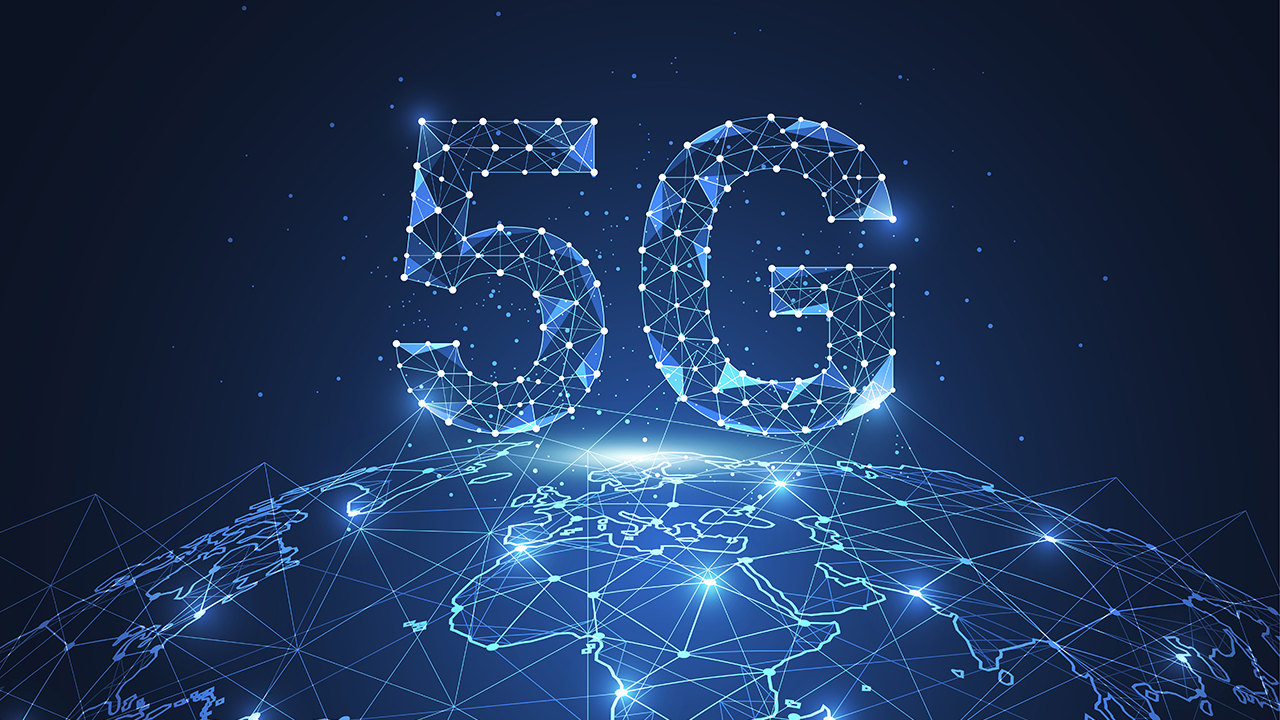 And here's our "baker's dozen" item. As fast-paced as the development and deployment of IoT technologies and solutions has been in recent years, it's only the beginning. 5G networks are rapidly being deployed across cities worldwide, with suburban and rural areas in line behind them. And technology vendors like Digi are bringing 5G to the marketplace with cellular solutions that can be deployed for a range of use cases, with built-in security and remote management. What will 5G mean for business, smart cities, and industries?
And here's our "baker's dozen" item. As fast-paced as the development and deployment of IoT technologies and solutions has been in recent years, it's only the beginning. 5G networks are rapidly being deployed across cities worldwide, with suburban and rural areas in line behind them. And technology vendors like Digi are bringing 5G to the marketplace with cellular solutions that can be deployed for a range of use cases, with built-in security and remote management. What will 5G mean for business, smart cities, and industries?
For applications that do not depend on speed or throughput, change will not be imminent. But there are many industries and applications where eliminating latency and throughput limitations will remove critical bottlenecks. Here are just a few examples:
- Industrial automation using machine learning and AI, with split-second decision making
- The next phase of remote healthcare — telesurgery — which requires instantaneous throughput
- Connected vehicle (V2X) and autonomous vehicles, which require near-zero latency
- Real-world augumented reality and virtual reality (AR/VR) applications supporting faster and better decision making
For example, imagine training for any number of complex roles such as piloting military jets, manufacturing vehicle parts or performing heart surgery, with the use of augmented and virtual reality.
5G is here today, but it is only the beginning.
It All Comes Down to Efficiency, Insights and ROI
IoT is growing fast, not only because it's the wave of the future, but because it solves critical needs, meets KPIs of business success and reduces costs. For example:
- Enterprises such as retail and banking are turning to IoT to ensure their operations can withstand power outages and other causes of downtime.
- Industrial operations such as manufacturing and oil and gas are deploying IoT solutions because they can automate time-consuming processes, get visibility into remote operations, and remediate issues faster to save time and money.
- Transit systems and traffic management agencies are upgrading to connected techologies to improve communications reliability, deploy V2X (vehicle-to-anything) technology, improve emergency response, segment public and private data and more.
- Product developers are building in smart technology with key features like better power management and edge computing functionality to help their customers to optimize their IoT investment.
Every day we’re discovering more ways IoT can enhance our lives and improve the products and systems that we rely on to live it to the fullest. And who knows what tomorrow will bring.
To learn more about Digi and how IoT technology can help transform your operations, reach out to us today.